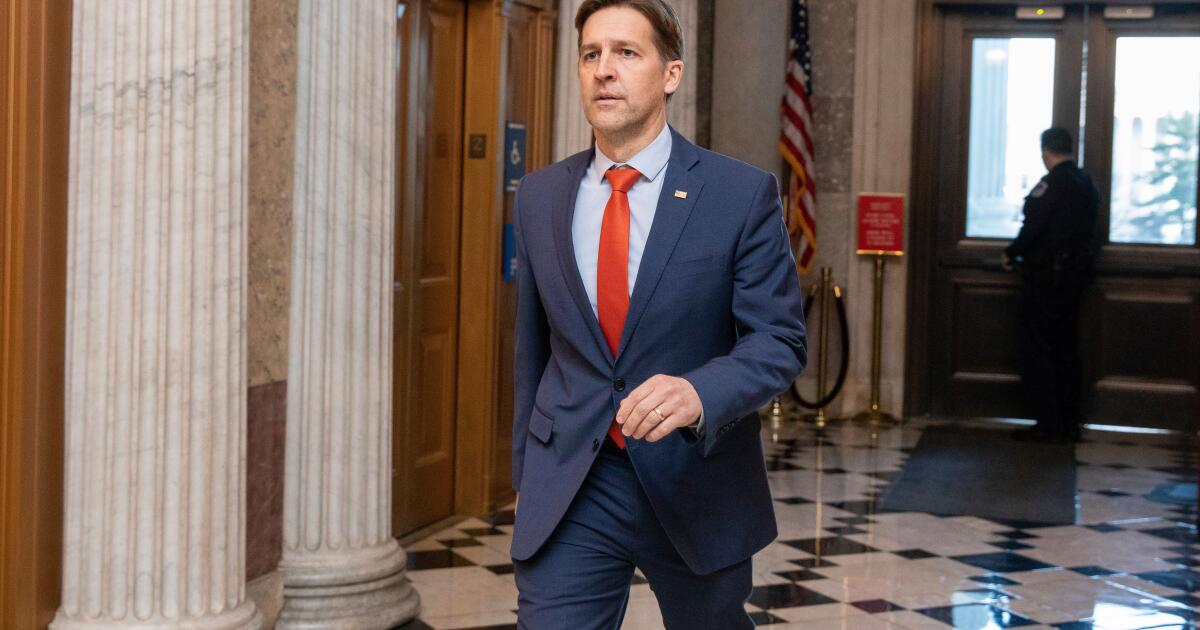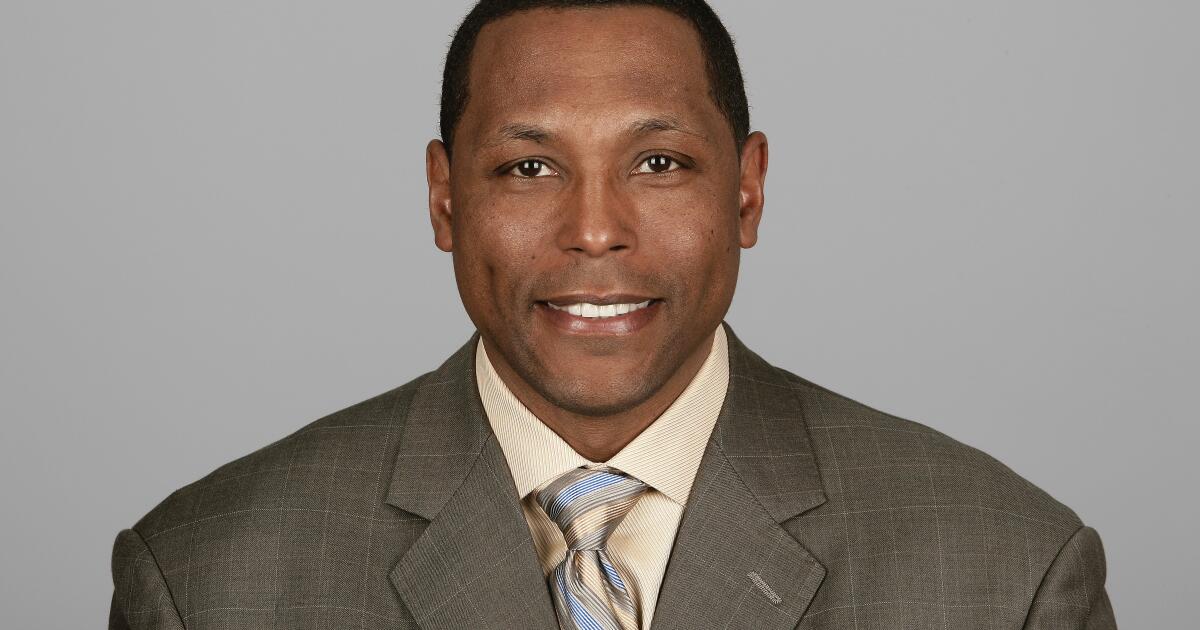Former Nebraska U.S. Sen. Ben Sasse reveals advanced pancreatic cancer diagnosis
Former Nebraska U.S. Sen. Ben Sasse, a conservative who rebuked political tribalism and stood out as a longtime critic of President Trump, announced Tuesday he was diagnosed with advanced pancreatic cancer.
Sasse, 53, made the announcement on social media, saying he learned of the disease last week and is “now marching to the beat of a faster drummer.”
“This is a tough note to write, but since a bunch of you have started to suspect something, I’ll cut to the chase,” Sasse wrote. “Last week I was diagnosed with metastasized, stage-four pancreatic cancer, and am gonna die.”
Sasse was first elected to the Senate in 2014. He comfortably won reelection in 2020 after fending off a pro-Trump primary challenger. Sasse drew the ire of GOP activists for his vocal criticism of Trump’s character and policies, including questioning his moral values and saying he cozied up to adversarial foreign leaders.
Sasse was one of seven Republican senators to vote to convict the former president of “ incitement of insurrection ” after the Jan. 6, 2021, attack on the U.S. Capitol. After threats of a public censure back home, he extended his critique to party loyalists who blindly worship one man and rejected him for his refusal to bend the knee.
He resigned from the Senate in 2023 to serve as the 13th president of the University of Florida after a contentious approval process. He left that post the following year after his wife was diagnosed with epilepsy.
Sasse, who has degrees from Harvard, St. John’s College and Yale, worked as an assistant secretary of Health and Human Services under President George W. Bush. He served as president of Midland University, a small Christian university in eastern Nebraska, before he ran for the Senate.
Sasse and his wife have three children.
“I’m not going down without a fight. One sub-part of God’s grace is found in the jawdropping advances science has made the past few years in immunotherapy and more,” Sasse wrote. “Death and dying aren’t the same — the process of dying is still something to be lived.”


